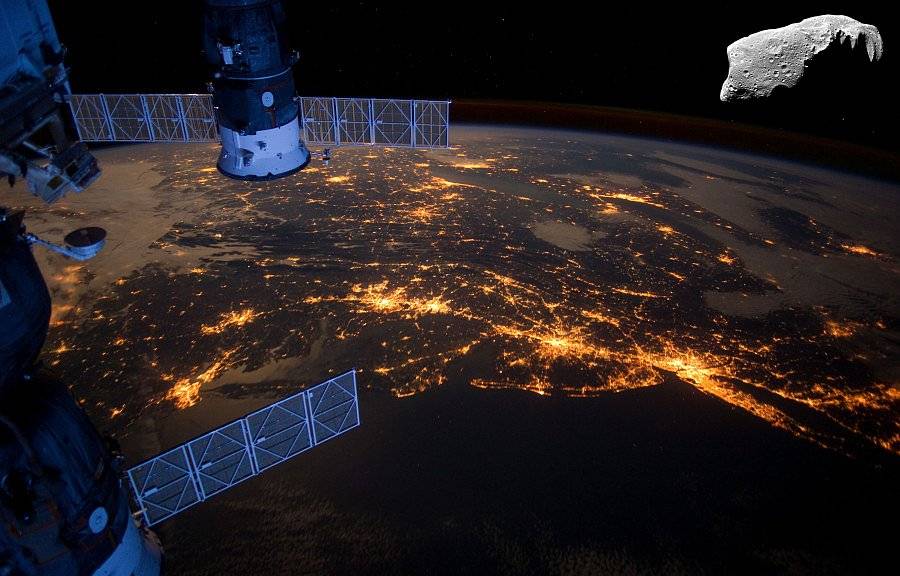On February 15, 2013, an astronomical event captured the attention of the entire world: the close approach of asteroid 2012 DA14 near Earth. This celestial object, estimated to be between 40 and 95 meters long, came within just 26,900 kilometers of our planet. This distance is even closer than the altitude at which geostationary satellites orbit, which is about 35,000 kilometers from the Earth’s surface.
The Close Approach of Asteroid 2012 DA14: A Historic Event
Although there was initial fear of a possible impact on Earth, more detailed analyses revealed that the risk of collision was extremely low, just 0.031%. Despite this low risk, the potential impact of an object of this size cannot be taken lightly.
According to NASA, if asteroid 2012 DA14 had impacted Earth, the resulting explosion could have reached a power of 2.4 megatons, equivalent to the force of many nuclear bombs. While not enough to end civilization, an impact in a densely populated area could have resulted in a massive loss of human lives. At the same time, another type of threat was present in Earth’s orbit.
The asteroid’s proximity to the zone where geostationary satellites are located raised concerns about possible collisions. These satellites are crucial for a variety of functions, from global communication to weather observation. A collision with one of these devices could have resulted in significant failures, affecting connectivity and satellite services worldwide.
Astronomical observations in various countries played a vital role in tracking the asteroid. Observatories provided continuous data on its trajectory, allowing the international community to be prepared for any eventuality and minimizing the risk of unpleasant surprises.
Impact and Preparedness for Future Space Threats
The event of asteroid 2012 DA14, although it did not result in a direct impact, highlighted the importance of continuous surveillance and preparedness for future near-Earth objects. This experience has led to increased international collaboration and the development of new technologies and methodologies to detect and track potentially dangerous asteroids.
Strengthening global networks of observatories and sharing information in real-time are essential to effectively identify and assess impact risks. Additionally, advances in space science now allow astronomers to more accurately predict the trajectories of these celestial bodies and assess their threat potential in advance.
In various parts of the world, astronomical observations continued to intensify after the passage of asteroid 2012 DA14, with a focus on enhancing detection and analysis capabilities.
This experience underscores the need to maintain and expand efforts in monitoring near-Earth objects to protect not only geostationary satellites but also life on our planet from future space threats.
Conclusions and Reflections on Space Safety
The close approach of asteroid 2012 DA14 near Earth in 2013 serves as a powerful reminder of our vulnerability to celestial objects and the pressing need to advance in space safety. Although the risk of impact was minimal, the event highlighted the importance of constant vigilance and proper preparation to mitigate potential threats.
International collaboration, the exchange of scientific data and investment in technology are fundamental pillars in addressing these challenges. The ability to predict and, potentially in the future, divert asteroids, could be crucial to preventing a global catastrophe.
Finally, asteroid 2012 DA14 not only provided us with valuable scientific data and an opportunity to test our observation and response systems, but it also reminded us of the beauty and mysteries of the universe that surrounds us.
This event invites us to continue exploring and understanding our cosmic space while ensuring the safety of our planetary home.





